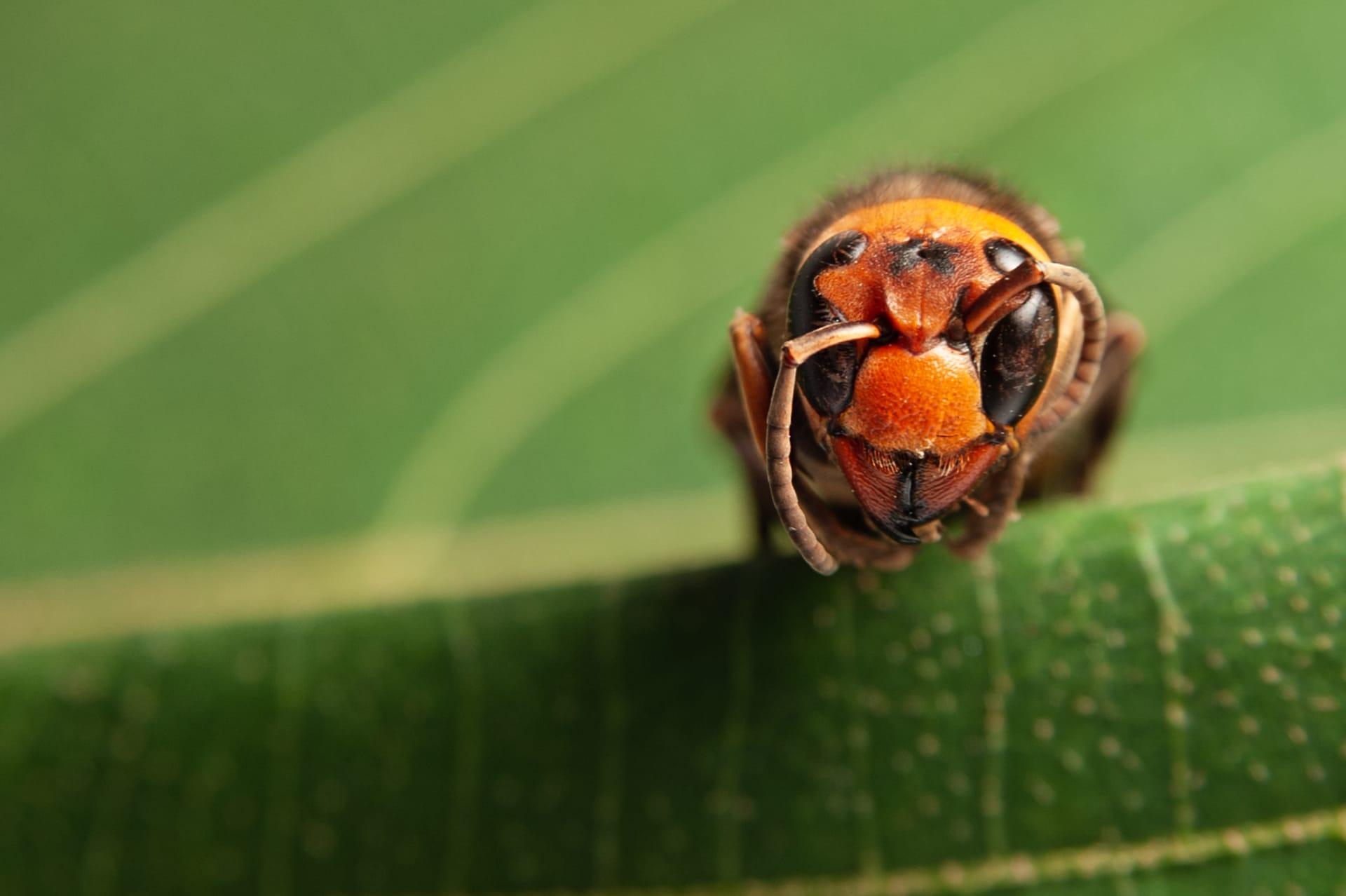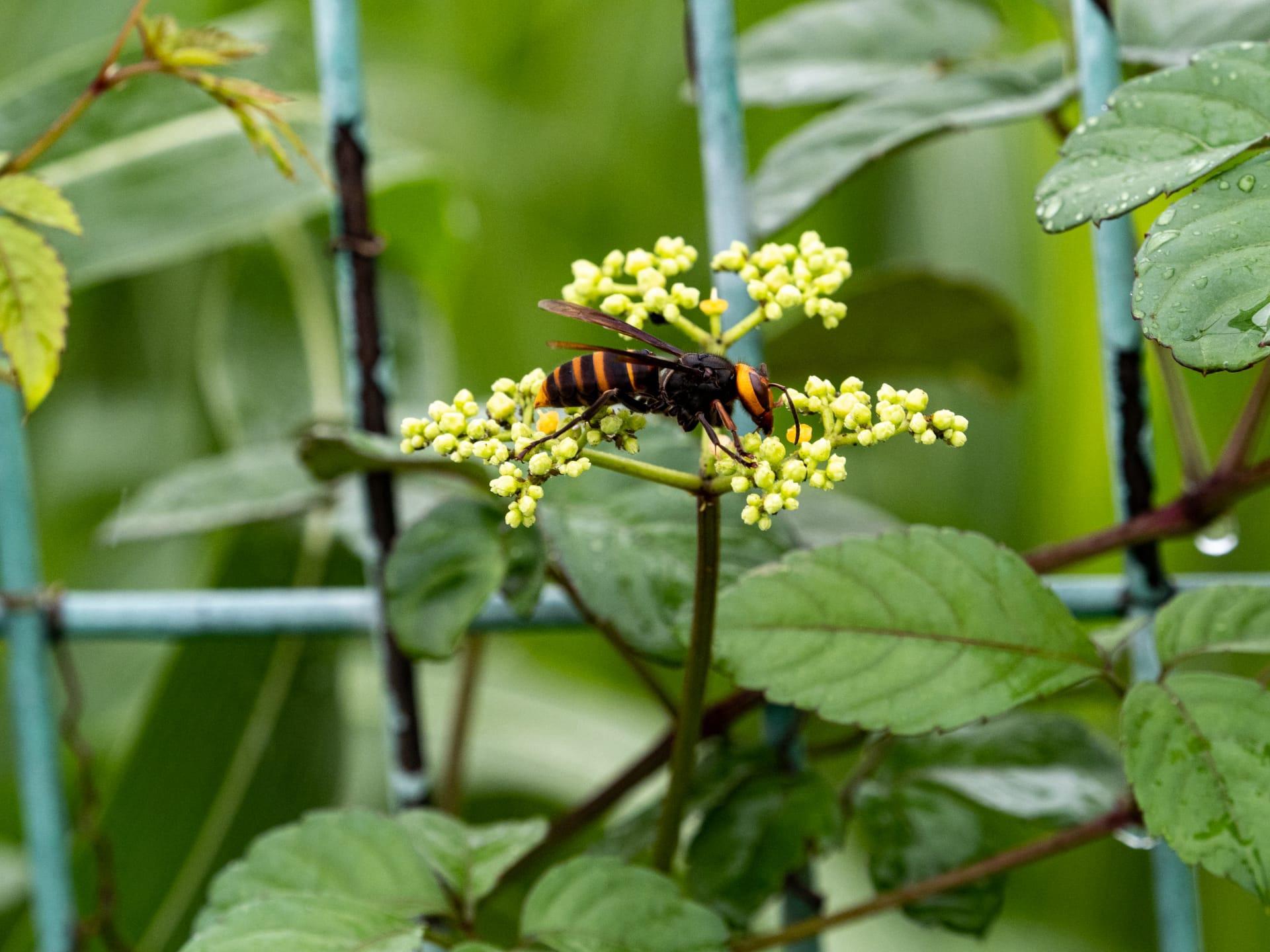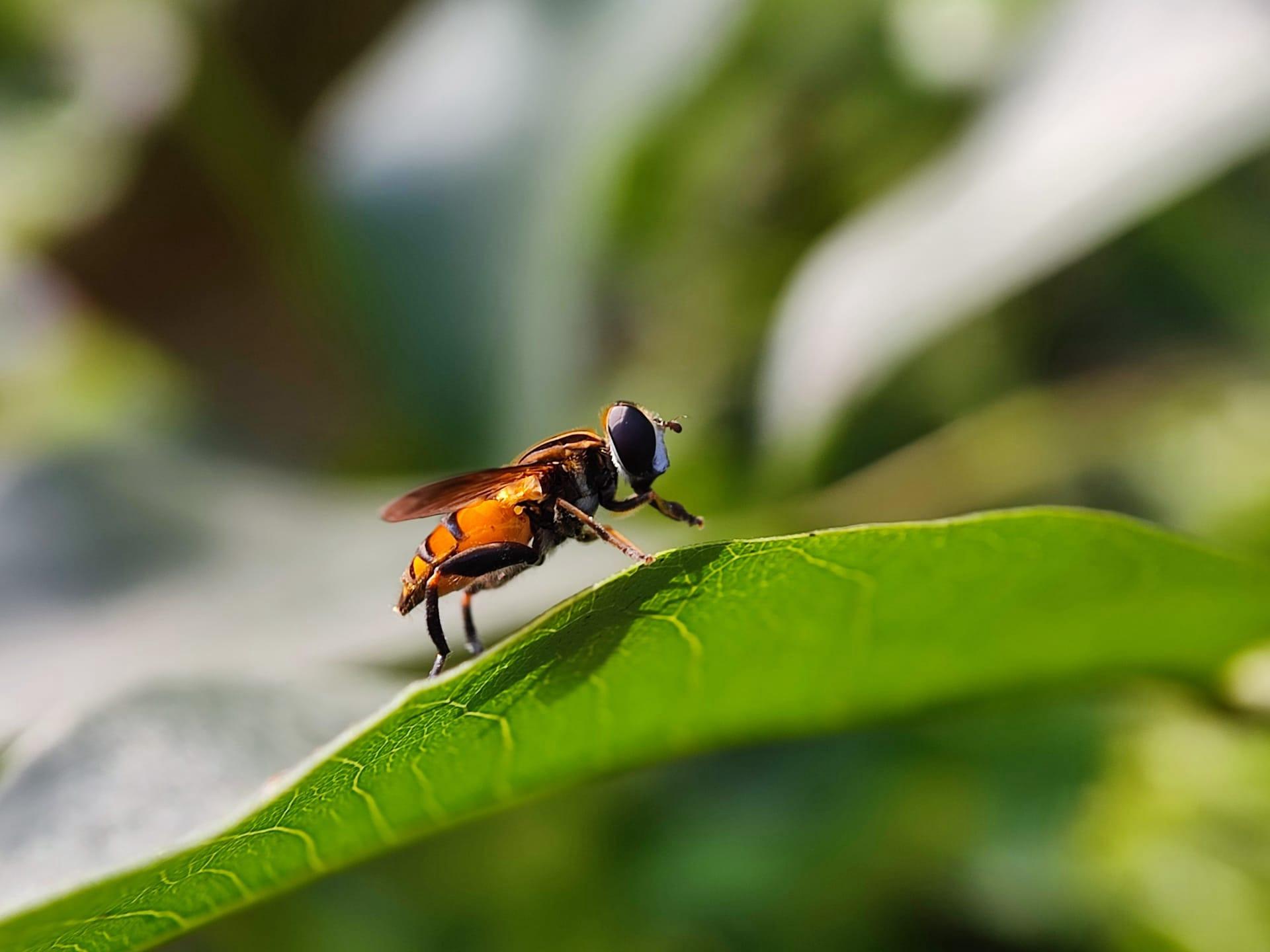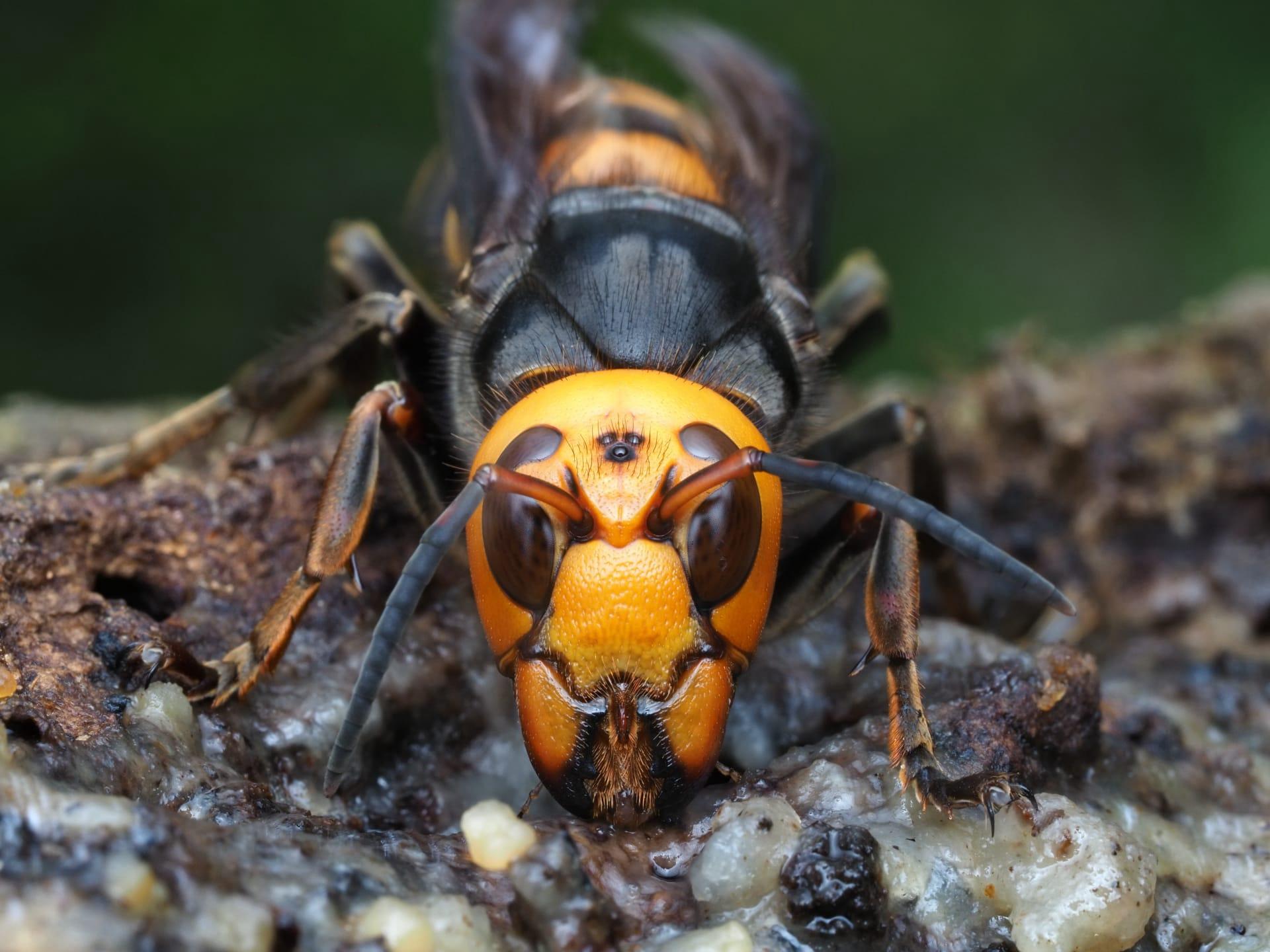Japanese Hornet Characteristics
- Home /
- Mini Encyclopedia /
- Animal /
- Japanese Hornet Characteristics
1
The Japanese Hornet, or Vespa mandarinia, stands as one of the largest hornet species, boasting a formidable size. Adult specimens typically measure about 2 inches (5 cm) in length. These impressive insects have a relatively short lifespan, living approximately 3 to 4 months. Despite their brief existence, they play a crucial role in their ecosystems.
One of the most remarkable organs of the Japanese Hornet is its venom gland. This specialized organ produces a potent venom used for both hunting and defense. The venom contains a cocktail of chemicals, including acetylcholine, which can cause severe pain in humans and is deadly to smaller prey. This venom is not only a weapon but also a tool for dissolving tissues, aiding in feeding.

2
Question: What makes the Japanese Hornet's sting so dangerous?
Answer: The sting of the Japanese Hornet is notorious for its potency. The venom contains a mix of cytotoxic and neurotoxic compounds, which can cause tissue damage and allergic reactions in humans. Unlike bees, these hornets can sting multiple times. The pain from their sting is described as excruciating, and in rare cases, the venom can trigger severe allergic reactions or even be fatal.

3
Japanese Hornets are known for their impressive flying abilities. They can reach speeds of up to 25 miles per hour (40 km/h) and are capable of flying long distances, up to 60 miles (100 km) in a single day. This agility is essential for hunting and foraging.
Regarding their diet, these hornets are carnivorous and have a preference for other insects, particularly bees. They are skilled hunters, using their powerful mandibles to capture and subdue their prey. Japanese Hornets also practice a unique behavior known as "balling," where they envelop a bee hive, raising its temperature and carbon dioxide levels to eliminate the bee colony.

4
The Japanese Hornet thrives in a variety of environments, predominantly in rural areas with abundant greenery. They prefer to nest in low mountains and forests, often building their nests underground or in hollow tree trunks. Their adaptability to different habitats is a key factor in their survival.
In terms of reproduction, the queen Japanese Hornet establishes a new colony each spring. She starts by building a small nest and laying eggs. The first batch of workers, born from these eggs, takes over foraging and nest expansion. As the colony grows, it can house up to several thousand hornets by the end of the summer, showcasing a highly efficient and cooperative social structure.

5
Book: "The Giant Hornets of Asia" by Dr. Hiroshi Tanaka, published in Japan in 1998. This book offers a comprehensive look at the biology and behavior of various giant hornet species, including the Japanese Hornet. Dr. Tanaka, a renowned entomologist, delves into their life cycle, habitat, and the ecological impact they have.
Book: "Insects of the Far East" by Emily Watson, published in the United Kingdom in 2005. This book covers a broad range of insect species found in East Asia, with a detailed chapter on the Japanese Hornet. Watson's work is appreciated for its accessible language and in-depth research, providing insights into the hornet's role in ecosystems and human interactions.